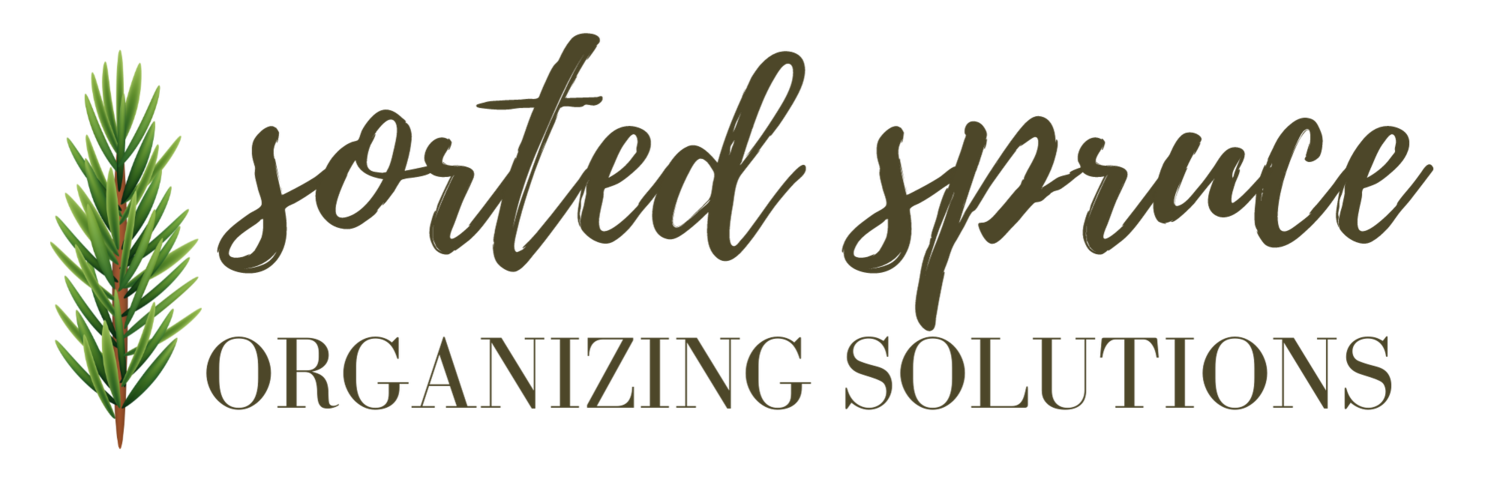Home Organizing Explained: Edit
The term edit is traditionally used in publishing, representing the act of preparing a piece of writing for publication. Synonyms for edit include; correct, condense and modify. These synonyms also apply perfectly to the home organizing process, offering a more optimistic outlook on the process than other home organizing industry synonyms like decluttering and purging. Similarly in Human Resource, you may hear the term, right-sizing in lieu of the alarming term, downsizing. These word swaps can have psychological impact on the process, switching the focus on having less, to having the best.
Industry Reference
The Home Edit, an American home organizing company, populorised the term “edit”. To the organizing industry The Home Edit is what Rupaul is to Drag Race and what McGee & Co is to Interior Design (just to name a few of my favs). The Home Edit’s pillars of the organizing process are to Edit, Categorize, Contain and Maintain. Another popular approach is the S.P.A.C.E method - Sort, Purge, Assign, Containerize and Equalize. The Edit process would be equivalent to Purging, the Categorizing would be equivalent to Sorting, Containing would be Assigning/Containerizing and Maintaining would be the same as Equalizing in these two processes. Other professional organizers have coined organizing processes, and you are likely to find some adjective in their process that is synonymous with editing.
How to Edit
The most effective way to organize is going to involve editing throughout the entire process because, while in the perfect world a process is linear, in reality the execution of most processes is more complex.
When starting with a space (like an entryway) or category (like winter gear), pulling everything out allows you to asses what you are working with. As you pull things out (it always looks worse before it gets better), you may be able to make quick decisions on what can be edited (decluttered). while pulling the items out, you want to start sorting the items into categories. As you see the categories grow, you may not realize you owned so many of one item (like winter mittens), and can make more informed decisions on what to edit. Now it is time to get your categories into their assigned homes. At this point, you’ve flexed your editing muscle twice, so the letting go starts to feel even easier. As you evaluate the storage space, and new home for your items, you might be enticed to edit even further, as you see that having more breathing space might be worth having less stuff. Finally, a crucial part of the organizing process is the ongoing maintenance. Editing should then become a habit, as you buy new items and put them away, quickly evaluate what you have and edit.
Editing versus Minimalism
Minimalists take editing to the extreme. Minimalism can be like backwards organizing, where you start with nothing and edit to add only what is needed. When you edit, you are looking at each individual item, but also how they fit into the network of all the items you own. For minimalists, they are trying to create as small of a network of items as possible. For example, minimalists would edit out most kitchen gadgets that can ultimately be performed by a knife. For anyone, editing takes practice to trust your decision making process. When you are editing, here are some questions you can ask yourself:
If I didn’t have this, what would I use?
Is the cost of storing it more than the cost of replacing it?
What scenario would require me to use the most of these (ex. how many dinner plates do you need)?
If you need help editing in your home, contact Sorted Spruce Organizing Solutions. Happy Organizing!

